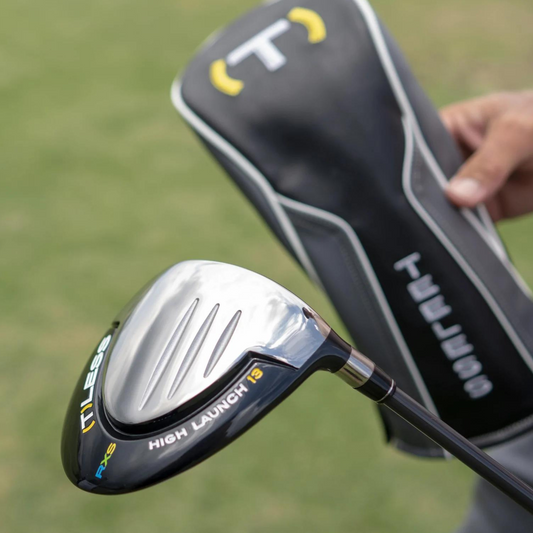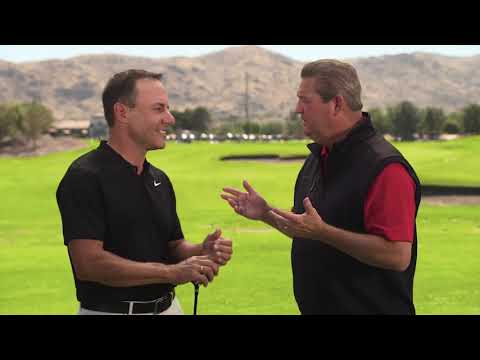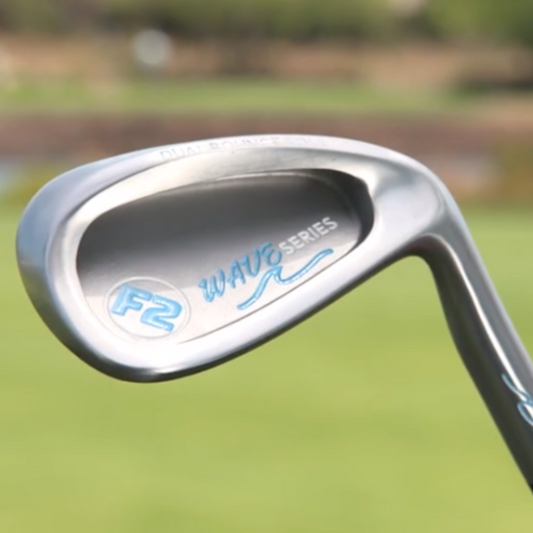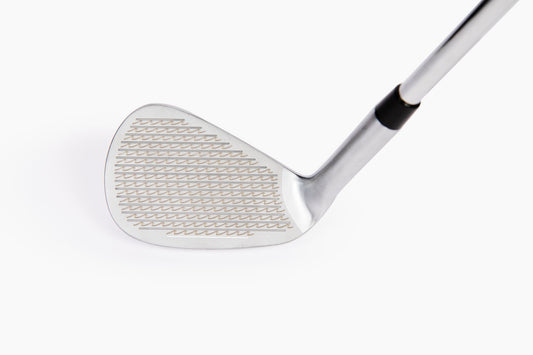
Understanding and Mastering Wrist Angle
Ball path, predominantly, starts on a specific line determined by face angle, not necessarily club path. It’s important to understand your wrist angle in relation to your club face.
In this instructional video, Jon explains that an improper position of the wrists at the top of the back swing can create an opened or closed clubface at impact. This also creates complications with the club path coming down from the top of the down swing which can create an over the top path or a club that gets stuck behind us.
Watch the video below and follow along with the transcript beneath to get started.
Topics Covered in This Guide
Wrist Position Video Guide
Teeless Driver
★ ★ ★ ★ ★ (150+)
Swing speeds under 100 MPH?
Effortlessly launch soaring, monster shots from the tee, fairway, rough, divot, even the sand with the Teeless Driver.
Designed for golfers who don't swing at supersonic speeds, this amazing new club is longer than your driver and easier than your 3-wood, guaranteed.
Transcript
If you slice the ball, if you hook the ball, you may have been told your club face is too open, or your wrist is not bowed enough during the golf swing.
I would prefer that because your hands, or your arms, are typically turned in like this, that the wrist doesn't get too flat at the top of the swing.
There are many great players that have played this way. But generally speaking, if you look at the top of the swing, most good players over history have more of this position; where the left wrist is a bit what we call cut, and the right wrist is definitely cut. The right wrist is not in this position too much.
A couple of reasons for that face alignment, incredibly important. So like with a driver 90% of where the ball starts is predominantly due to where the face is pointing.
So if this club is in a more neutral position on the downswing, meaning both wrists look like this, we've got a better chance of delivering the club in a square position.

But what I find happens too, with a lot of players, they try to bow the wrist too much. This really gets the head, the mass of the club underneath the hands a lot, and kind of gets them trapped in this position coming down.
So feeling as though the wrists both are pretty neutral, both possibly feeling a little bit extended, which means they're a bit this way. Now we can descend the club down between our arms if you will, and not get the club laid way down and way under and stuck behind you.
We're a bit of a passenger from here. When we're coming down like this, we can still apply a lot of force and twist to the grip, which is what we need to do. We're not just getting it set here and then holding on and hoping it squares.

I see too many people trying to do that. Ladies and juniors in particular because they don't have the necessary risk strength to maintain the club in this position - the club will just flop into this position.
Here, they no longer have control of the club, really can't apply much force to that club there, they’re just kind of holding on and hoping it squares.
That’s not a way I want to operate; I don't want hope as part of the equation. I really want a sense that I'm driving this club around me and understanding how the wrists affect, and the hands affect, what the club face is doing.
The ball is going to start pretty much online where the face is pointing or how the face is closing. I'd much rather be in charge of that rather than feel like I'm a passenger and just holding on to it.
FAQs
Is wrist position the only factor affecting the clubface at impact?
What if I struggle to maintain the proper wrist position during the swing?
Can I apply the same wrist position with all clubs?
Will proper wrist position help with my consistency on the greens?
About Jon
Jon is originally from North West England and came to America to work as an Assistant Golf Professional for the legendary Buck Adams at CCNC in Pinehurst and took lessons from E. Harvie Ward two time US Amateur and British Amateur winner.
Jon moved to Atlanta, GA to open a learning center with GOLF Magazine Top 100 instructor and ABC commentator Gary Smith. Jon co-founded Fusion ATL a sports performance facility designed to capture performance data and develop training protocols for the ardent golfer.
Jon and his team have worked with a winner of The Open Championship and with PGA Tour players who have won the Vardon Trophy and the Korn Ferry Player of the Year distinction, LPGA and European Tour winners, as well as members of Ryder Cup, President Cup and Solheim Cup teams.











